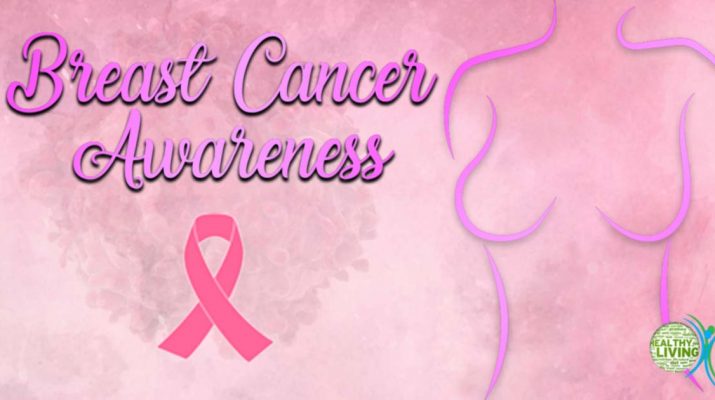Breast Cancer Care is having their 25th anniversary and October is the month of Breast Cancer Awareness. Plus, no one can miss the most powerful symbol, the pink ribbon, a symbol for all those millions of people who have been affected by the disease.
Even if making sense of all the changes can prove overwhelming, it is still important to be able to understand breast cancer and how it affects the body. Therefore, we would like to inform you of all the risks, symptoms, and early detection.
Here is what you should know about breast cancer and its effects.
Diagnosing Breast Cancer
If the doctors detect the disease in its early stages, the treatments might prove more effective. Thus, it is important to get a screening at the appropriate time. If you want to check, you can also self-examine your body.
However, before you decide to check your body, consult with a doctor first. A medical professional can always guide you through the process. So, to start checking the body, stand in front of a mirror. Try to see if there have been any changes in the symmetry or shape of the breast.
With some light pressure, check for any lumps near the surface. But for the deeper tissues, use firm pressure. Gently and softly pinch all parts of the nipple and see if any discharge comes out. If it does, especially if it is bloody, consult with your doctor.
Consulting Your Doctor
While you are consulting your doctor, you might hear some terms that you might not understand. Therefore, you should read the following, so that you would be more aware. Here are some of the terms connected or related to breast cancer.
- Carcinoma: This term means cancer that starts in the tissues or skin that covers the internal organs.
- BRCA-1 and BRCA-2: Those are the 2 types of breast cancer genes, which are important for protecting against cancer. However, when some mutations or changes occur in the BRCA genes, the cells separate and change at a very fast pace. In the end, this causes cancer.
- DCIS or Ductal carcinoma in situ: According to Dr. Laura Spring from the Massachusetts General Hospital in Boston, the cell that resembles a breast cancer is trapped in the ducts. So, it can’t spread far inside the body.
- Benign: This means that something is not cancer
The Symptoms of Breast Cancer
Even though most people consider the lump in the breast as cancer, in most cases, it is not cancer. In addition, every woman needs to be able to notice the changes in her breasts. So, here is what she should look out for:
- a new lump which doesn’t disappear after the next menstrual cycle
- the lump or a swelling under the arm or collarbone
- the nipple changes shape
- unexplained skin irritation, swelling, rash, itches, redness, swelling
- breast pain that doesn’t disappear after the next menstrual cycle
- nipple discharge that is either clear, brown, yellow, or red
If a woman doesn’t recognize the symptoms at an early stage, here is how they can develop.
- an orange texture on the skin
- the lump gets bigger
- dimpling of the breast surface
- bigger lymph nodes in the armpit
- one breast increases in size
- retraction, or inward turning of the nipple
- unintentional weight loss
- vaginal pain
- The veins on the breasts become more visible
But, have in mind that having one or more of these symptoms doesn’t mean you have breast cancer. For example, an infection can cause nipple discharge. But, whatever the case, you need to get an evaluation if you have some of these symptoms.
Source: Fox News | HealthLine | WebMD | Susan G Komen | Breast Cancer Care

